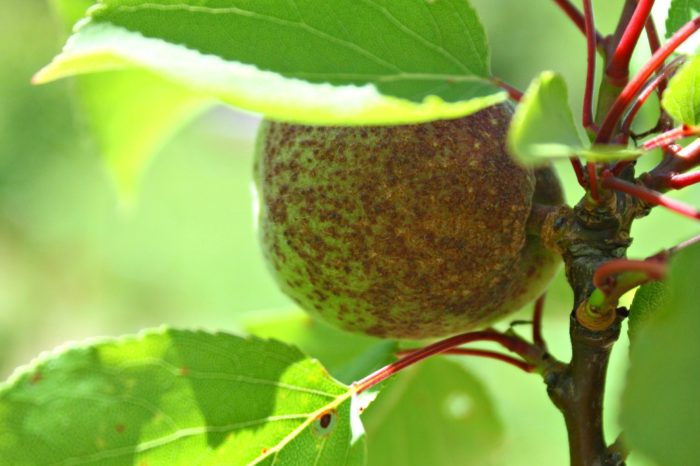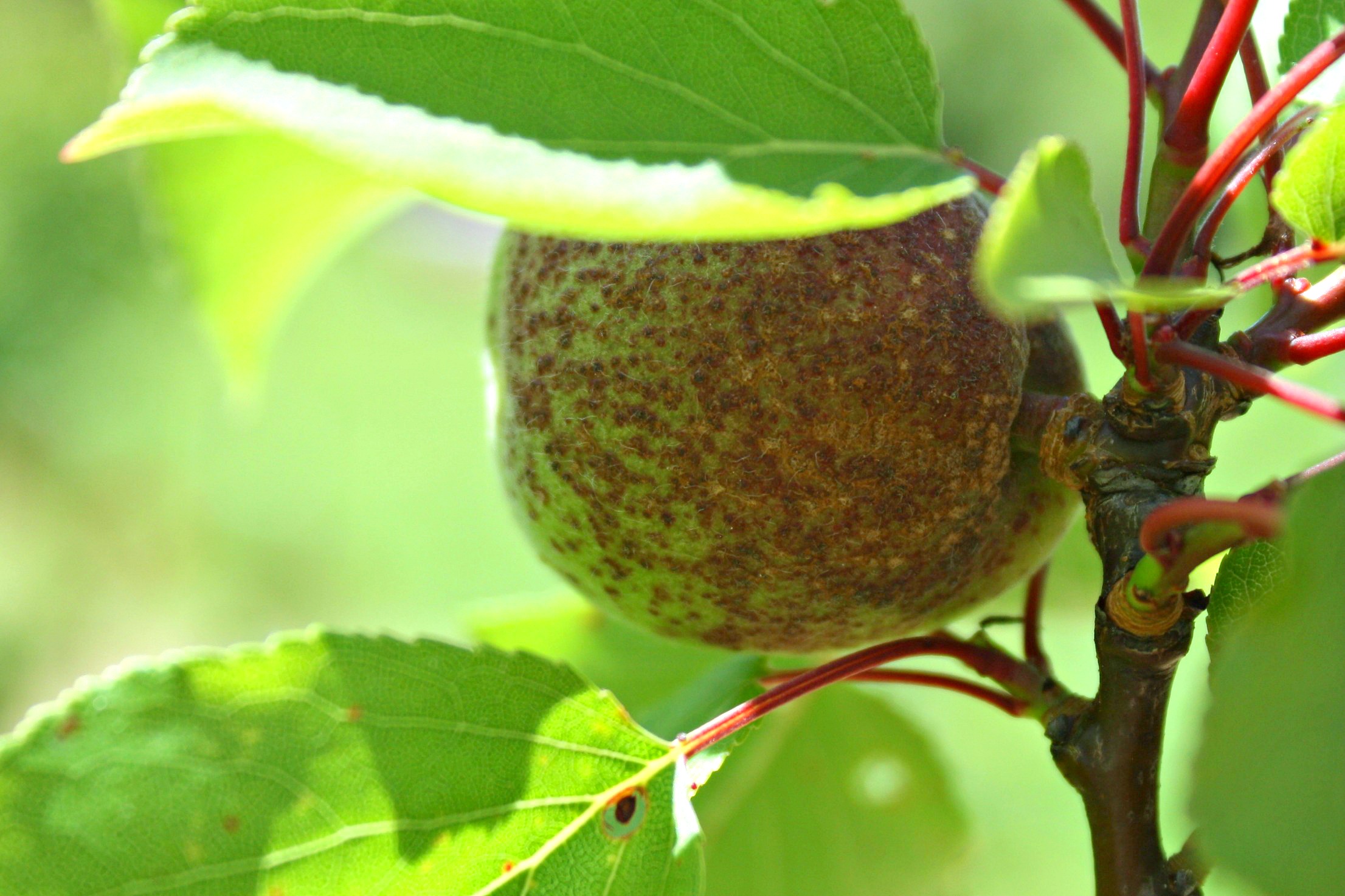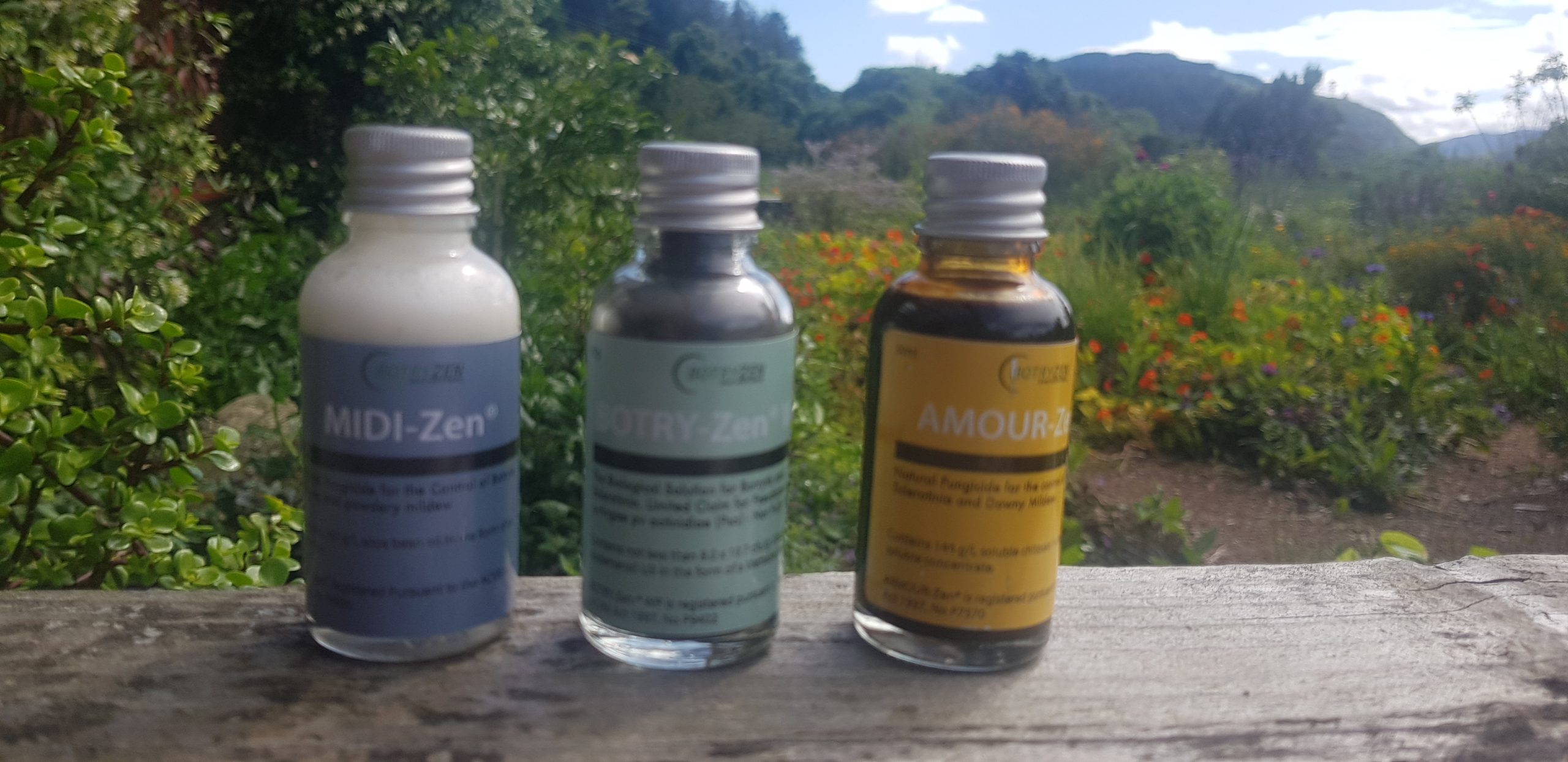The Bio-fungicide Advantage


The first signs of summer disease are making themselves known - potential is high after our mild, wet spring. Cool your heels before rushing out to buy a big hitting fungicide and have a read about the bio-fungicide advantage.
Bio-fungicides are a gentle, natural solution to disease - they do no harm. Traditional fungicides (copper, sulfur et all) however, do a clean sweep and wipe out the beneficial insects and soil microbiology as well as the pathogens. Without its community of life, soil cannot function. Without competition for pathogens - they rule the roost. Soil looses structure and so it cascades - into our waterways, our air and onto our dinner plates. A downward spiral of health wouldn't you say.
Using bio-fungicides heads in the opposite direction, and up we go. The addition of yet another useful organism to the soil family, improves the network, and we start to see what life above ground looks like when soil is strengthened, not weakened. The benefits spread wide - to healthier water, air, animals + humans, moisture and carbon are retained, plants are well fed and protected, pests and disease slow down, and best of all, crops are residue free (as they jolly well should be).
A win win that farmers and horticulturalists the world over are embracing as crops become fungicide resistant. They stand at a cross roads - on one side is ever increasing strengths of yet more -icides, on the other an integrated, living ecosystem. Its a beautiful thing to watch one farmer after another embrace biology! Regenerative, biodynamic, organic - as long as it is soil health focussed + does no harm, you're on the upward spiral. And every living being on earth, wins.
Begin with holistic thinking

Though bio-fungicides stand alongside fungicides in efficacy, they are not direct swap outs. Shift your mind from reacting to the problem when it arises, to preventing it in the first place by acknowledging that the key to best health lies in living soils! This where the holistic gardener puts all their efforts, leaning on ingredients that contribute to and build life. Bio-fungicides are part of this transition, managing fungal disease and supporting healthy crops as year on year the garden strengthens. An engaging and exciting way to garden!
Depending on what gardening habits you currently have, this can be a huge paradigm shift. Give yourself a grace period if you are used to spraying weeds and using artificial fert. Let go a habit + adopt another - one by one. In this way you'll segue, as the power and vitality of a living system becomes obvious.
Gardening this way is heaps more fun! No more angsting over every curly leaf or gooey substance. The pressure comes off as you start to relate to disease as a temporary step on the way to glory. Balance (ie the glory) comes along in time and disease pressure ebbs away. It wont ever disappear - the weather plays a big part!. And besides, bits here and there are par for the course.
Give your garden time
The more -cides and artificial fertilisers that your garden has soaked up, the weaker your soil life and overall system will be. Bio-fungicides are at their best when integrated into gardens that teem with life, so if good results aren't immediately obvious, side step the habit to declare a failure. Just because you cannot see it, doesn't mean nothing is happening! Much is. A big part of this shift is learning to trust life and allow the process - as you dismantle one way and rebuild another. Like a solid house foundation, it takes time, but therein lies its strength. It will serve you, those of who come after you and the environment entire - long and well.
Be in to win! (This competition is done + dusted)

Botryzen are offering up 10 of their small garden bio-fungicide packs. Enter to win one, by scrolling to the bottom of this post, and in “Speak your mind”, tell me the one new practice you are taking on or giving up, in order to improve the biology in your garden. Bonne chance! Competition closes on December 8th.
How to use Botryzen bio-fungicides
Spray early, at the first stirrings of foliage or disease, in warmer temperatures of 15°C and above. As per all other sprays - a calm, dry day with a few dry days ahead is optimal.
Armour Zen
Spray at the first sign of infection and repeat after rain, once foliage has dried.
- For black spot on apples, spray after fruit set
- For downy mildew on cucurbits or lettuces, spray at the first signs of infection.
Midi Zen
- For powdery mildew on cucurbits, grapes, strawberries, peas - spray when black spots appear on the underside of leaves, before the icing sugar look. If this is a repeat problem in your garden, keep your eyes open for the early signs.
Botryzen
- For leaf curl, spray after leaf drop in Autumn and then again prior to buds opening
- For garlic rust, spray on the garlic shoots as they first appear. This colonises the crop and rapidly spreads to outcompete the rust. We've missed this window, but grab a bottle for next spring if garlic rust is an issue for you.
https://www.ediblebackyard.co.nz/how-to-deal-with-garlic-rust/
